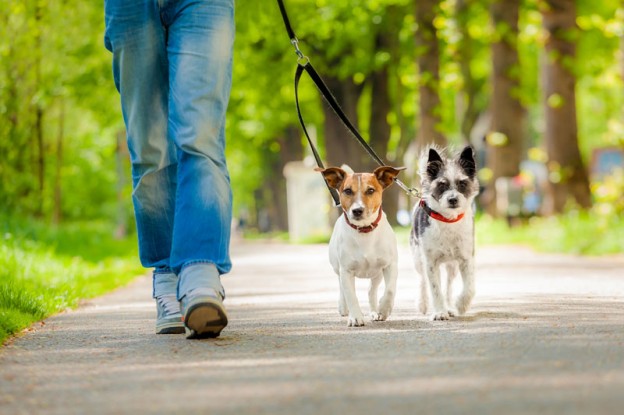
For many of us, walking is a necessary mode of transport for getting to school or work, but it is far more than movement alone.
Walking with a dog has many mental and physical well-being benefits, but the process of walking with an animal also involves detailed interactions. Dogs, like other animals, are sentient beings that think, feel and have their own personalities – and we need to “listen” to and negotiate with them about how the walk is experienced. This is what makes walking a shared experience.
Walking the dog reflects the historical social order of human domination and animal submission. But research suggests that it also allows humans and dogs to negotiate their power within the relationship. In fact, a recent study found that the daily dog walk involves complex negotiation at almost every stage.
Humans walk their dogs for a number of reasons, one being they take great pleasure in seeing their dogs have fun. The study showed that there is a widespread belief among dog walkers that dogs are happiest when out in the open, and it is here that they are able to best demonstrate their “doggyness”.
Dog owners also adapt the timing, length and location of the walks depending on the perceived personality of the dog and what they think the dogs like and dislike the most. Owners of larger dogs will often walk a route that avoids young children or smaller animals while small dog owners avoid routes where they may encounter a run in with a larger dog.
In its most basic form, dog walking is about humans looking after a dog’s health and wellbeing as well as their own. Despite the routine nature of walking, when accompanied by a dog, it becomes anything but ordinary and reveals something quite special about our relationship with our dogs.
Make sure your furry friend is always looked after at our DOGSLife Directory



